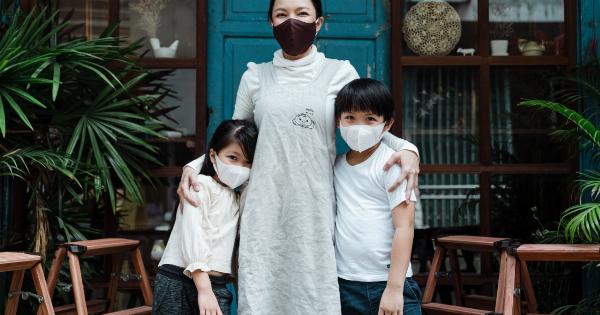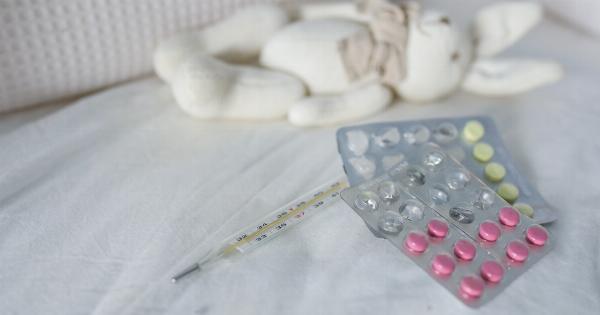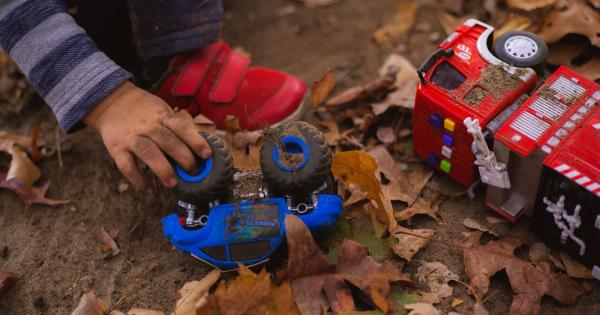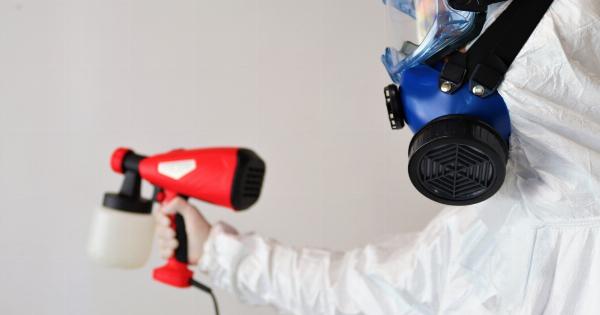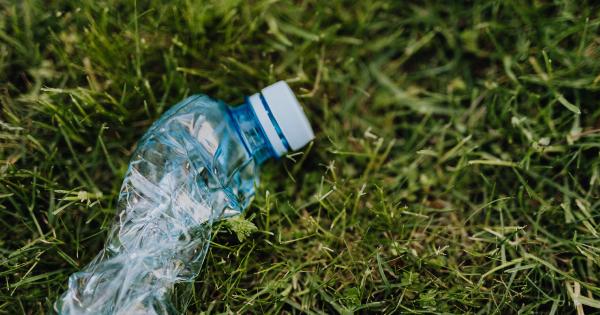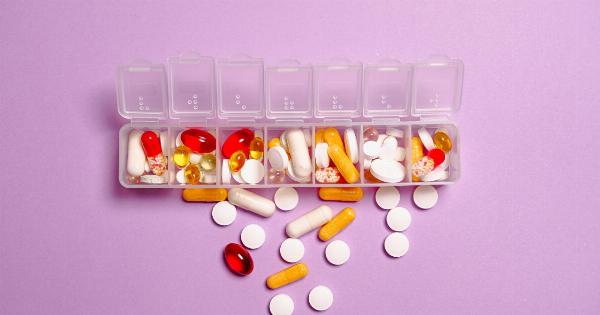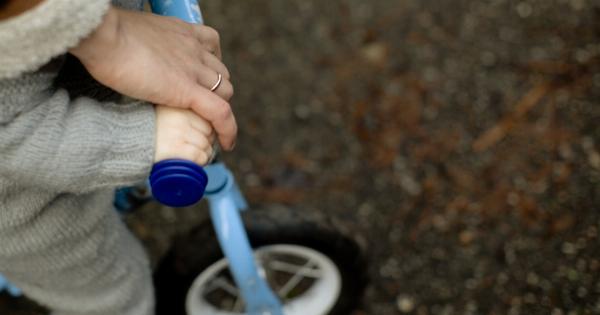Childhood obesity is a growing concern in society due to the rise in related health issues such as diabetes and heart disease. Many factors contribute to childhood obesity including genetics, sedentary lifestyles, and poor diet.
However, recent studies have suggested that household cleaning products may also play a role in the development of childhood obesity.
A study by researchers at the University of Alberta found that certain household cleaning products contain chemicals that can lead to an increased risk of childhood obesity.
The study found that triclosan, a common ingredient found in antibacterial soaps, can disrupt gut bacteria leading to increased insulin resistance and weight gain in children.
The Role of Chemicals in Home Cleaning Products
Modern home cleaning products are designed to be easy to use and effective at removing dirt and bacteria. However, many cleaning products contain chemicals that can have negative impacts on human health.
Household cleaners can contain a variety of chemicals including triclosan, phthalates, and bisphenol A (BPA). These chemicals have been linked to a range of health issues, including obesity.
The Effects of Triclosan on Childhood Obesity
Triclosan is an antibacterial chemical commonly found in soaps, hand sanitizers, and other household cleaning products. Triclosan is known to disrupt gut bacteria, leading to an increased risk of insulin resistance and weight gain.
Insulin resistance is a common precursor to type 2 diabetes, and weight gain can lead to other obesity-related health issues.
Studies conducted on triclosan have shown that children exposed to the chemical are more likely to develop obesity and related health issues compared to those who are not exposed.
A study by the University of Michigan found that children exposed to high levels of triclosan had a higher body mass index (BMI) and increased risk of obesity compared to those with lower exposure levels. The study suggests that triclosan exposure can interfere with the normal development of gut bacteria, leading to increased insulin resistance and weight gain in children.
The Role of Phthalates in Childhood Obesity
Phthalates are a group of chemicals commonly found in plastics and household cleaners. These chemicals have been linked to obesity due to their impact on hormone levels.
Phthalates mimic the effects of estrogen in the body, leading to a disruption in the normal balance of hormones. This disruption can lead to weight gain and obesity in children.
Studies on phthalates have found that children with higher exposure levels to the chemical have a higher BMI and increased risk of obesity compared to those with lower exposure levels.
A study by the University of Rochester found that children exposed to high levels of phthalates had a higher BMI and increased risk of obesity compared to those with lower exposure levels. The study suggests that exposure to phthalates can disrupt hormone levels and lead to weight gain in children.
Bisphenol A (BPA) and Childhood Obesity
Bisphenol A (BPA) is a chemical commonly found in plastic food containers, water bottles, and household cleaners. BPA has been linked to obesity due to its impact on hormone levels.
Like phthalates, BPA can mimic the effects of estrogen in the body, leading to a disruption in the normal balance of hormones. This disruption can lead to weight gain and obesity in children.
Studies on BPA have found that children with higher exposure levels to the chemical have a higher BMI and increased risk of obesity compared to those with lower exposure levels.
A study by the University of Exeter found that children exposed to high levels of BPA had a higher BMI and increased risk of obesity compared to those with lower exposure levels. The study suggests that BPA exposure can disrupt hormone levels and lead to weight gain in children.
Tips for Reducing Exposure to Harmful Chemicals
To reduce the risk of childhood obesity and related health issues, it is important to reduce exposure to harmful chemicals found in household cleaners. Here are some tips for reducing exposure to these chemicals:.
- Choose natural cleaning products. Use cleaning products made from natural ingredients such as vinegar, baking soda, and lemon juice.
- Avoid antibacterial soaps. Limit the use of antibacterial soaps and hand sanitizers, which can contain triclosan.
- Use glass or stainless-steel containers. Avoid using plastic containers and water bottles that contain BPA.
- Choose phthalate-free products. Look for products that are labeled as phthalate-free.
The Bottom Line
Household cleaning products can contain chemicals that can have negative impacts on human health, including childhood obesity.
Triclosan, phthalates, and bisphenol A (BPA) are chemicals commonly found in cleaning products that can disrupt gut bacteria and hormone levels, leading to weight gain and increased risk of obesity in children. To reduce exposure to these chemicals, it is important to choose natural cleaning products and avoid products that contain triclosan, phthalates, and BPA.







